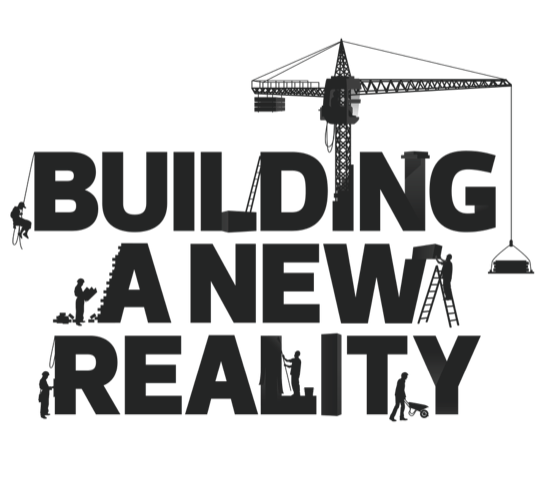When authorities do things with people, whether reactively—to deal with crisis—or proactively, the results are better than when they do things to people or for people, without their engagement.
This fundamental thesis is evident in a Harvard Business Review article about the concept of fair process producing effective outcomes in business organizations (Kim & Mauborgne, 2003).

The central idea of fair process is that “…individuals are most likely to trust and cooperate freely with systems—whether they themselves win or lose by those systems—when fair process is observed.”
The three principles of fair process are:
- Engagement – involving individuals in decisions that affect them, by listening to their views and genuinely taking their opinions into account
- Explanation – explaining the reasoning behind a decision to everyone who has been involved or who is affected by it
- Expectation clarity – making sure that everyone clearly understands a decision and what is expected of them in the future
Fair process relates to how leaders handle their authority in all kinds of professions and roles, from parents and teachers to managers and administrators. The 1997 “Fair Process” article in Harvard Business Review was based on a study of strategic decision-making in 19 multinational companies.
The research concluded, “Managers who believed the company’s processes were fair displayed a high level of trust and commitment, which in turn engendered active cooperation. Conversely, when managers felt fair process was absent, they hoarded ideas and dragged their feet.”
In subsequent field research, the authors identified the three principles of fair process and affirmed their findings. Two contrasting case studies from their research illustrate the significance of restorative practices values in organizations:
Volkswagen – In the summer of 1992, at Volkswagen’s Puebla, Mexico, manufacturing facility, workers turned against both their union and the company, despite a generous 20 percent wage increase offer.
The “union’s leaders had not involved employees in discussions about the contract’s terms,” especially a number of unexplained work rule changes that the workers feared. A massive walkout cost the company about 10 million dollars per day, and disrupted its optimistic plans for the U.S. market.
Siemens – On the other hand, troubled Siemens Nixdorf Informationssysteme had cut 17,000 jobs by 1994, when Gerhard Schulmeyer, the new CEO, held a series of meetings, large and small. In these, he personally explained to 11,000 of the company’s remaining 32,000 employees the bleak outlook and the need to make deep cuts. He asked for volunteers to come up with ideas to save the company.
The initial group of 30 volunteers grew to 9,000 employees and managers who met mostly after business hours, often until midnight. They offered their ideas to executives, who could choose to finance them or not. Although 20 to 30 percent of their ideas were rejected, the executives explained the reasons for their decisions, so people felt the process was fair.
By the next year, the company was operating in the black again and employee satisfaction had doubled, despite the drastic changes underway—“a transformation notable in European corporate history.”

Another research project in the Harvard Business Review, consistent with fair process and the trend away from top-down management, reported that, “Leadership is a conversation.”
Based on interviews over two years with 150 top leaders at 100 companies, the researchers concluded: “Smart leaders today, we have found, engage with employees in a way that resembles an ordinary person-to-person conversation more than it does a series of commands from on high. Furthermore, they initiate practices and foster cultural norms that instill a conversational sensibility throughout their organizations.”
For example, Athenahealth, a medical records technology provider, shares strategic and financial information—usually provided only to top leaders in most companies—so their employees are thoroughly involved in the business. Infosys includes a broad range of employees, from every rank and division, in the company’s annual strategy-development process.
Although these inclusive and participatory trends do not go as far as self-managing companies, they demonstrate that the business world is moving toward a new reality.

